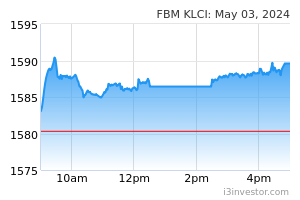The most common method of arriving at the intrinsic value of a stock is using the discounted cash flows (DCF) method.
DCF models are used to price a number of different assets.
The model that most stock analysts use is the DCF method.
Understanding the reasoning behind using this process.
The DCF method for valuing stocks rests on the principle of a stock is worth the sum of its future discounted cash flows.
The DCF model uses projections and estimates to arrive at a fair market value for the stock.
This is the method preferred by most stock analysts.
DCF is the favoured method of most stock investors.
The weakness of DCF model.
The weakness of the DCF model is you (and me).
The model only works if you have realistic estimates to include on future cash flows, estimated future revenues, how much risk is involved, industry analysis, and so on.
The outcome is only as good as the data you enter.
The outcomes will be tainted by the estimates you enter.
It is possible to find estimates for many of the variables on the internet; however, it is not always possible to verify how the author arrived at these conclusions.
Among industry professionals there are often wide differences in estimates and risk factors.
The strengths of the DCF model.
The model produces actionable numbers if the inputs are from professional analysts who study the market and study the stock you are researching.
The intrinsic value is still subjective because of the estimates, and other professional analysts may see the company differently.
However, your best bet for finding a reliable estimate of a stock's intrinsic value is from an expert.
[If a commentator is touting a stock, he or she should disclose if they have any financial interest in the stock or stand to gain if the price rises.]



















